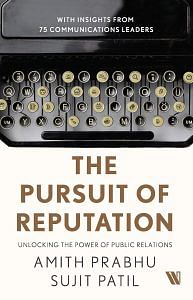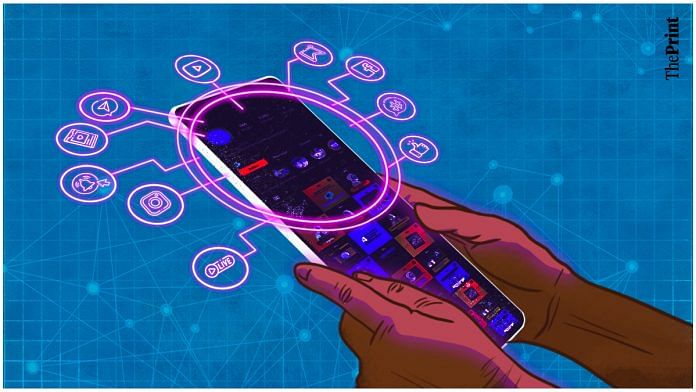For brands, influencers are a double-edged sword. Unlike mainstream media which has a structure and a redressal system, influencers operate as individuals wielding tremendous clout. They are aware that they have the power to make or break a brand. Most of them use that knowledge responsibly, but there are cases when influencers have held brands to ransom in order to extract a pound of flesh.
There are umpteen stories of how companies have had to pay a price because an influencer wanted to blackmail the brand or, in some cases, played up incidents to put brands in a spot. Some years back, a brand manager got a call via the helpline number printed on the packet of a breakfast cereal. The caller said he was a journalist, a stringer with a regional TV news channel, and mentioned that he was in possession of a packet of breakfast cereal which contained a dead cockroach.
While the brand manager was confident there was no chance that a dead cockroach could have made its way into a packet of breakfast cereal, there was no way one could refute the caller who insisted that he found it as soon as he cut open the packet to serve himself. He threatened to display it on live television unless he was paid a hefty sum of money. It was amply clear that he had devised the whole thing to make some money. What does a brand do under such pressure? It either calls the bluff or succumbs.
That is a call the leadership must take. Both have pros and cons. In this case, the brand decided to send a regional sales manager to engage with this individual. There were two hours of negotiations because the brand manager was keen to secure the ‘contaminated’ packet to carry out thorough investigations. The journalist suspiciously refused to relent until there was a commitment that he would be paid. However, from an initial demand of Rs 1 lakh, he came down to Rs 25,000 and the manager finally closed the deal and secured the packet. It later came to light that this journalist had done this before with other brands.
Would the company have been as worried if he had not mentioned that he was a journalist? Would the company act the same way if someone on Twitter with 100 followers did the same thing in current times? Hard to say.
Also read: Inhalers to cough drops or soothing balm — Winter is here and it smells like Vicks VapoRub
The point is that these neo-influencers can be both a blessing and a curse for brands. In India, the ASCI has drawn up guidelines for brands and influencers. The guidelines are the foundation stone for regulated, ethical conduct by both parties in the era of influencer marketing. It will, for instance, become incumbent upon brands to get the influencers they acquire for promotions to sign an undertaking agreeing to disclose to audiences that they are doing this in exchange for some form of compensation.
This, however, strikes directly at the aspect of authenticity that brands want to portray. This is also different from how brands would sign on a celebrity to be its brand ambassador. Here, a celebrity represented by a firm or a manager would agree to offer the brand a certain number of days in a calendar year to do certain things—be present for a shoot for an advertisement, be present at company events with employees, dealers, customers and be available for media interactions. The terms of engagement were crystal clear.
For example, consumers, by and large, would be aware that Amitabh Bachchan was endorsing Cadbury’s Dairy Milk. As a fan of the star, they might like the product because of this endorsement. More importantly, customers would link the product to the celebrity and it would help in brand recall.
With the onset of the digital influencer, the lines have blurred. It is important to refer to external outlets and their description of the types of influencers that we have earlier.
Also read: Camlin – a stationery stalwart that popularised art education in Indian schools
Here’s a quick breakdown of the main categories: v Mega-influencers with more than a million followers v Macro-influencers with 500K to 1 million followers.
- Mid-tier influencers with 50K to 500K followers.
- Micro-influencers with 10K to 50K followers.
- Nano-influencers with 1K to 10K followers
Then there is another situation that organisations face: embargoes. An embargo is when a journalist or influencer is given certain information in advance to prepare the content, with the explicit understanding that the information cannot be made public until a specific time and date. However, very often, the information is leaked which can happen because someone deliberately chose to be the first to release the information, or because someone passed the information on to a third party who then shares it publicly.
This leads to layered complications for all those involved. Sometimes, the person breaking the embargo could be blacklisted and become vengeful. The situation in such cases is always tricky. The best policy for brands is to have a robust framework for engaging with influencers, and make all employees familiar with it. Bold brands go a step further and choose to make the policy known to a wider external audience as well. Influencer engagement is certainly going to be a complex area in the years ahead. It intersects marketing and public relations, which can lead to crossed wires between the two departments. Marketing has traditionally been the department that controls budgets, whereas public relations is usually the one asking for bigger budgets in order to deploy influencers.
 This excerpt from Amith Prabhu and Sujit Patil’s ‘The Pursuit of Reputation’ has been published with permission from Westland Books.
This excerpt from Amith Prabhu and Sujit Patil’s ‘The Pursuit of Reputation’ has been published with permission from Westland Books.



